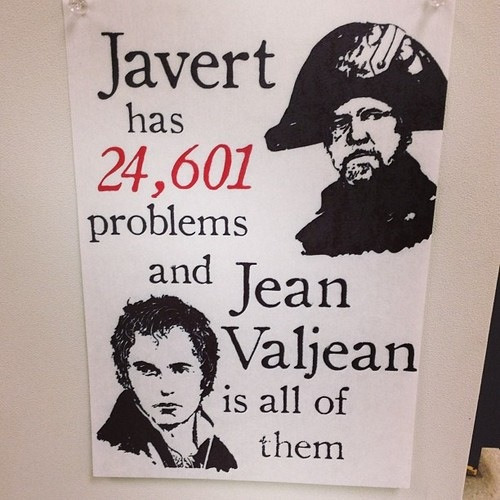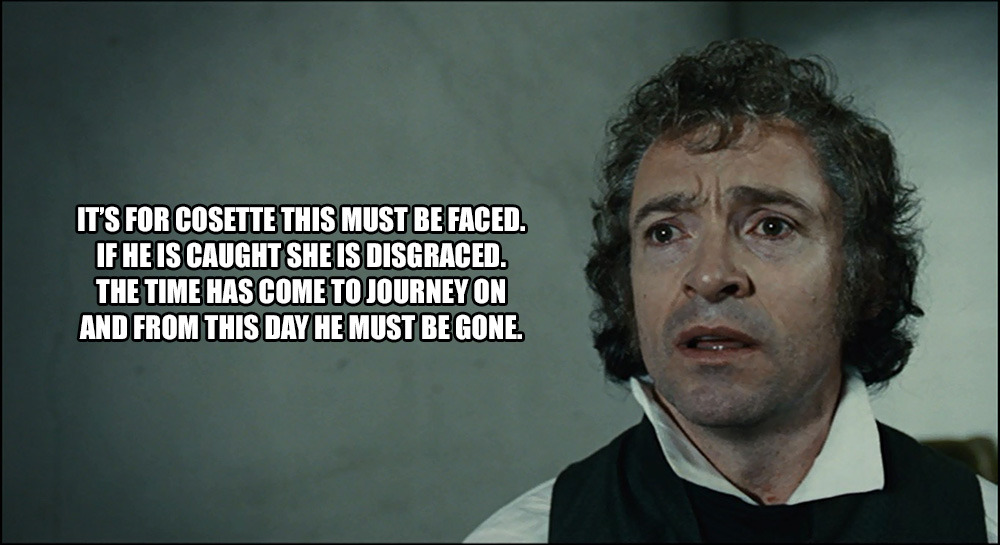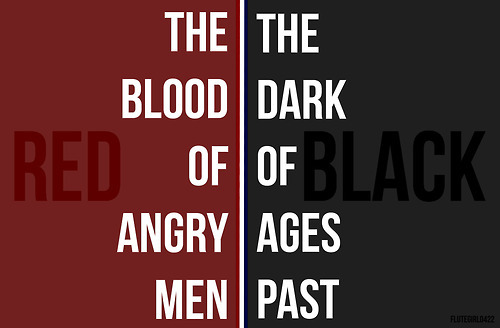Throughout the 18th century, England had been stable, but controlled by the aristocracy. Furthermore, Parliament was controlled by the King, making the entire government undemocratic. Because very few had suffrage, the English sought reform by the end of the century. However, reform was a slow process as the aristocracy feared change after witnessing the chaos of the French Revolution.
Two conservative and prominent political parties were present at the this time, the Tories and the Whigs:
Tories:
- Land-owning
aristocrats
- The more conservative
of the two
- Extremely fearful of
radical movements at home or abroad
- Supported suppression of any popular movement:
- Corn Laws (1815)
- Regulated foreign grain trade, an essential societal
commodity
- Laws had existed previous to this time, but were not
necessary because England could not import grain from Eastern Europe
while at war with France.
- Grain production became a prominently domestic task,
controlled entirely by the land-owning aristocracy (Tories).
- The demand for grain exceeded the supply, forcing
prices to rise.
- When war ended, cheaper importation of grain was
possible, benefiting all but the aristocracy (selfish tools).
- Therefore, they regulated the Corn Laws to prohibit
the "importation of foreign grain unless the price at home rose to
improbable levels"(really selfish tools, probably dull too).
- For example, according to Maria, possibly, a
million dollars per stalk of grain.
See, no one
looks happy
·
The regulation of the Corn Laws caused unemployment and,
subsequently, protests.
o The Tories attempted to
curb this mild disruption by
§ Suspending habeas corpus
and right of peaceable assembly
§ Passing the Six Acts, which
placed controls on a taxed press and eliminated mass meetings.
§ A relatively peaceful
protest, referred to as the Battle of Peterloo, was broken up by cavalry.
§ Expressed government’s
ability and desire to repress their revolts.
·
Newly wealthy manufacturing groups, who sought political
power, called for liberal reform of the town government, police force, rights
for Catholics, and of Poor Laws.
·
The Tories began to turn over a new leaf, or cob of corn, if
you will, and incited some liberal changes in terms of urban administration,
economic liberalism (yay), and equality for Catholics.
o They replaced the
prohibition of grain trade with a higher, yet more manageable, tariff. So the
cob was turned maybe 90 degrees, as opposed to 180, but change was happening.
·
Corn Laws were repealed in 1846 by the Tory Prime Minister,
Robert Peel (a sharper, corn-loving tool?).
“Thanks, Peel”
o England avoided famine, and
economic liberalism became engrained in English society.
·
The Ten Hours Act of 1847 limited working hours for women
and children in factories to ten hours (how generous).
·
The Tories had officially turned over their cob of corn in
order to gain support from the middle and low classes.
Whigs
- ·
Aristocratic and conservative
- ·
More in tuned to manufacturing and commerce than the Tories
·
Unlike the Tories, they were supportive of liberal reform (wow):
o Proposed “an act to amend
the representation of England and Wales”
§ Passed by the House of
Commons, rejected by the House of Lords
§ When the Whigs gained
enough public support to back the movement, it was passed by the House of
Lords, representing the increasing importance of popular protest.
o Reform Bill of 1832
§ House of Commons became an
independent legislative body
§ Industrial areas gained
representation in the Commons (woah)
§ “Rotten boroughs”, or
electoral districts controlled by certain aristocrats, were eliminated (places
probably controlled by the tools).
§ 12% of the male population
in England and Ireland could now vote (wow).
§ Middle-class urban men and
some substantial farmers who leased their land could vote
§ Reform Bill showed that
reform could be made peacefully (wow, finally).
Whigs for the reformation
win
o People’s Charter of 1838
(the Charterists) called for:
§ Universal male suffrage
(but not women of course)
§ Complete democracy
§ Parliament rejected three
suffrage petitions























